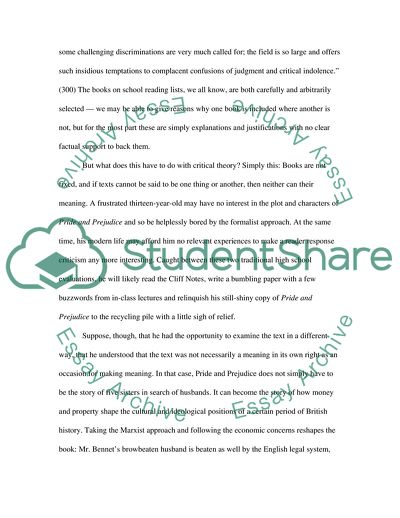Cite this document
(The Case for Criticism Why Critical Theory Belongs in the English Article, n.d.)
The Case for Criticism Why Critical Theory Belongs in the English Article. https://studentshare.org/education/1717476-can-we-expand-the-english-literature-curriculum-to-include-critical-theory-why
The Case for Criticism Why Critical Theory Belongs in the English Article. https://studentshare.org/education/1717476-can-we-expand-the-english-literature-curriculum-to-include-critical-theory-why
(The Case for Criticism Why Critical Theory Belongs in the English Article)
The Case for Criticism Why Critical Theory Belongs in the English Article. https://studentshare.org/education/1717476-can-we-expand-the-english-literature-curriculum-to-include-critical-theory-why.
The Case for Criticism Why Critical Theory Belongs in the English Article. https://studentshare.org/education/1717476-can-we-expand-the-english-literature-curriculum-to-include-critical-theory-why.
“The Case for Criticism Why Critical Theory Belongs in the English Article”. https://studentshare.org/education/1717476-can-we-expand-the-english-literature-curriculum-to-include-critical-theory-why.


